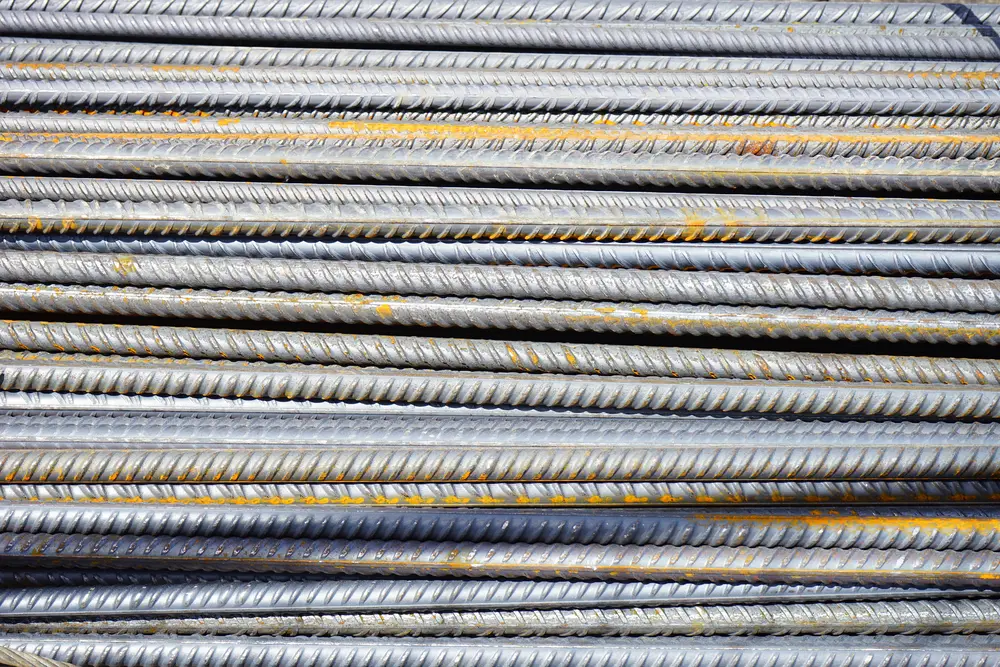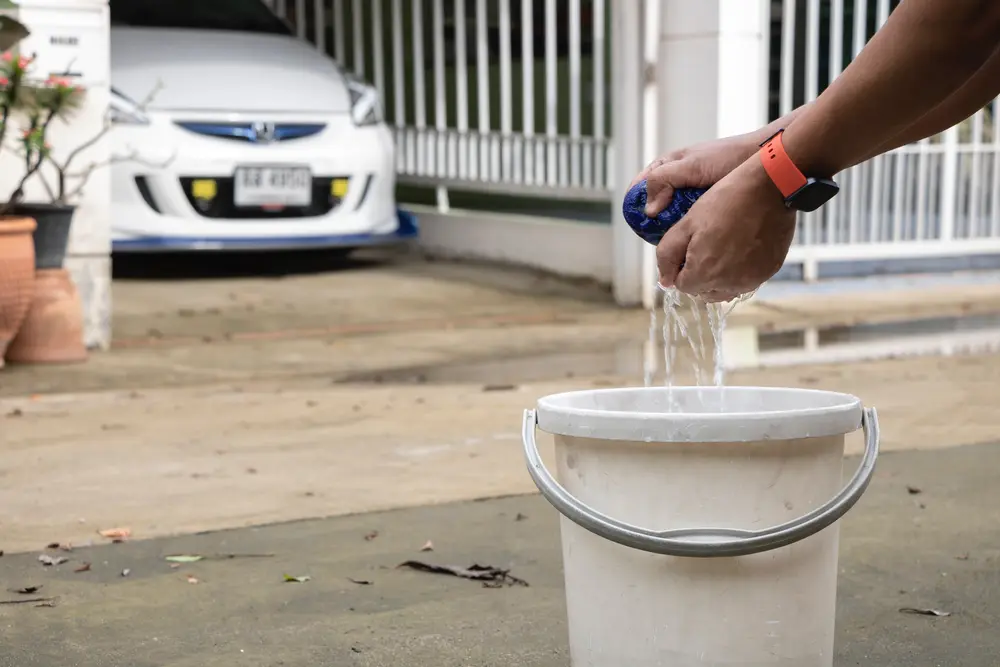| Key Takeaways |
|---|
| Inflatable pillows are lighter, smaller, and more adjustable than compressible pillows, but they can be less comfortable, noisy, and prone to punctures. |
| Compressible pillows are softer, quieter, and more durable than inflatable pillows, but they are heavier, bulkier, and less supportive. |
| Hybrid pillows combine the benefits of both types, but they are also more expensive and complex. |
| To save space when packing your pillow, you can use compression sacks, vacuum bags, or stuff sacks. You can also use your clothing or other gear as a pillow or a pillowcase. |
If you’re planning a camping trip, you might be wondering how to pack your backpack efficiently and comfortably. One of the items that can take up a lot of space in your pack is your pillow. But sleeping without a pillow can lead to neck pain, poor sleep quality, and reduced performance the next day.
So how do you choose the best pillow for backpacking? And how do you save space when packing it?
In this article, we’ll compare two of the most popular types of backpacking pillows: inflatable and compressible. We’ll also give you some tips on how to pack them in the most space-saving way possible.
What are inflatable backpacking pillows?
Inflatable pillows are filled with air, making them lighter and firmer than compressible pillows. To use one, you unpack it from its stuff sack and blow air into it through a valve. You can adjust the thickness and firmness of the pillow by letting air out through the valve.
Some of the advantages of inflatable pillows are:
- They are very lightweight, usually weighing less than 5 ounces.
- They pack down very small, usually fitting in the palm of your hand.
- They offer good support for your head and neck, especially if you’re a back or side sleeper.
- They are easy to clean and dry, as you can just wipe them with a damp cloth.
Some of the disadvantages of inflatable pillows are:
- They can be less comfortable than compressible pillows, as they can feel cold, hard, or slippery on your skin.
- They can make noise when you move your head, which can disturb your sleep or your tent mate’s sleep.
- They can get punctured by sharp objects or leak air over time, rendering them useless.
- They can lose air overnight due to temperature changes or altitude changes.
Check out our article about the best inflatable pillows
What are compressible backpacking pillows?
Compressible pillows are filled with soft materials like down, synthetic fibers, or foam. They resemble regular pillows that you use at home, but they are smaller and lighter. To use one, you just fluff it up and lay your head on it.
Some of the advantages of compressible pillows are:
- They are very comfortable, as they feel soft, warm, and cozy on your skin.
- They are quiet, as they don’t make any noise when you move your head.
- They are durable, as they don’t get punctured or leak air.
- They retain their shape and loft over time.
Some of the disadvantages of compressible pillows are:
- They are heavier than inflatable pillows, usually weighing between 5 to 10 ounces.
- They pack down larger than inflatable pillows, usually taking up more space in your pack.
- They offer less support for your head and neck, especially if you’re a stomach sleeper or if you have a large head.
- They are harder to clean and dry, as they can absorb moisture and odors.
How to choose the best backpacking pillow for you
The best backpacking pillow for you depends on your personal preferences, sleeping style, and budget. Here are some questions to ask yourself when choosing a pillow:
- How much weight and space can you spare in your pack?
- How much comfort and support do you need for your head and neck?
- How do you sleep: on your back, side, or stomach?
- How sensitive are you to noise, temperature, or texture?
- How much are you willing to spend on a pillow?
Generally speaking, if you prioritize weight and space savings, you might prefer an inflatable pillow. If you prioritize comfort and durability, you might prefer a compressible pillow. If you want the best of both worlds, you might prefer a hybrid pillow.
However, there is no one-size-fits-all solution, so you might have to try different pillows to find the one that suits you best.
How to save space when packing your backpacking pillow
Regardless of which type of pillow you choose, there are some ways to save space when packing it in your backpack. Here are some tips:
- Use a compression sack: A compression sack is a bag that has straps or cords that you can tighten to squeeze the air out of your pillow and reduce its volume. This is especially useful for compressible pillows, as they can be compressed to a fraction of their original size. You can also use a compression sack to store other items like clothing or sleeping bags.
- Use a vacuum bag: A vacuum bag is a bag that has a valve that you can attach to a vacuum cleaner or a pump to suck the air out of your pillow and make it flat. This is another option for compressible pillows, as they can be vacuum-sealed to save space. However, you will need access to a vacuum cleaner or a pump, which might not be available in some camping situations.
- Use a stuff sack: A stuff sack is a simple bag that you can stuff your pillow into and close with a drawstring. This is a common option for inflatable pillows, as they can be easily deflated and folded into a small size. You can also use a stuff sack to store other items like food or toiletries.
- Use your clothing or gear as a pillow or a pillowcase: If you want to save even more space, you can use your clothing or gear as a pillow or a pillowcase. For example, you can roll up your jacket or sweater and put it in a stuff sack or under your sleeping bag to create a makeshift pillow. Or you can put your inflatable or compressible pillow inside your shirt or hat to make it more comfortable and warm.
Conclusion
Choosing the best backpacking pillow for your camping trip can make a big difference in your sleep quality and comfort. There are two main types of backpacking pillows: inflatable and compressible. Each type has its pros and cons, depending on your preferences, sleeping style, and budget. To save space when packing your pillow, you can use compression sacks, vacuum bags, stuff sacks, or your clothing or gear. We hope this article helped you decide which type of pillow is best for you and how to pack it efficiently. Happy camping!





Use the share button below if you liked it.
It makes me smile, when I see it.